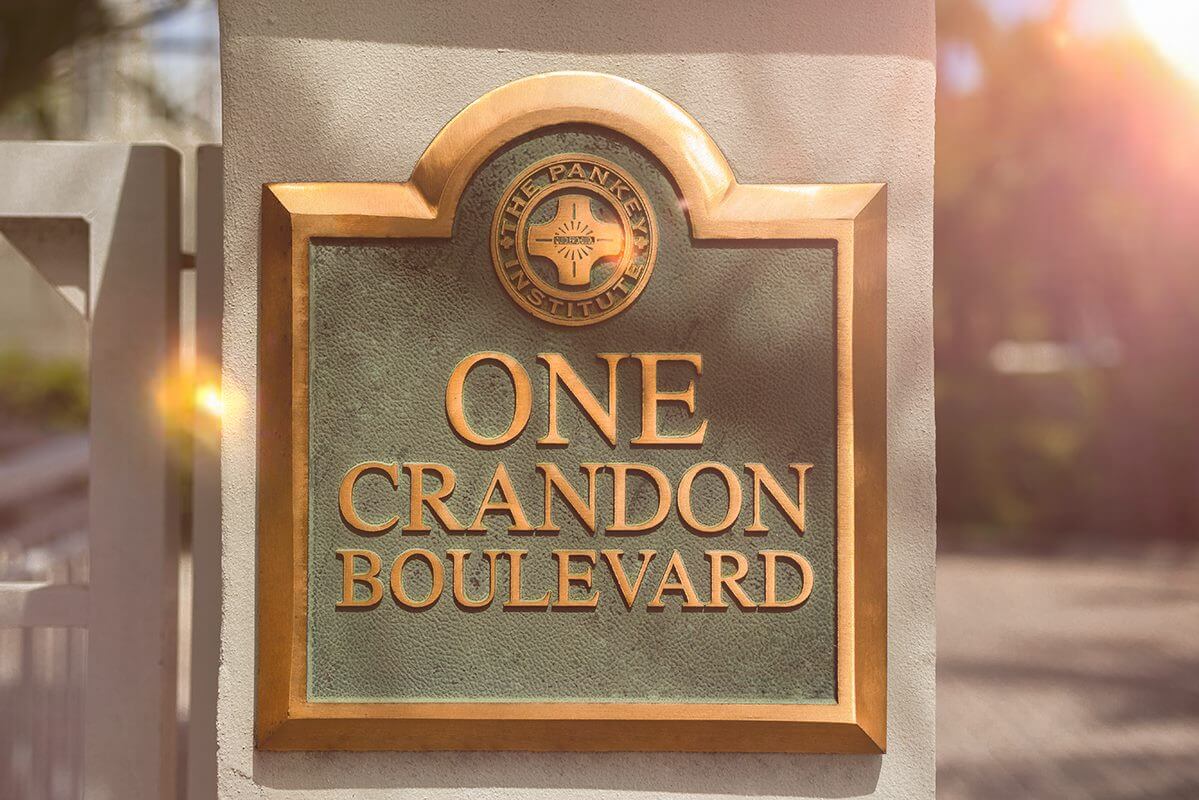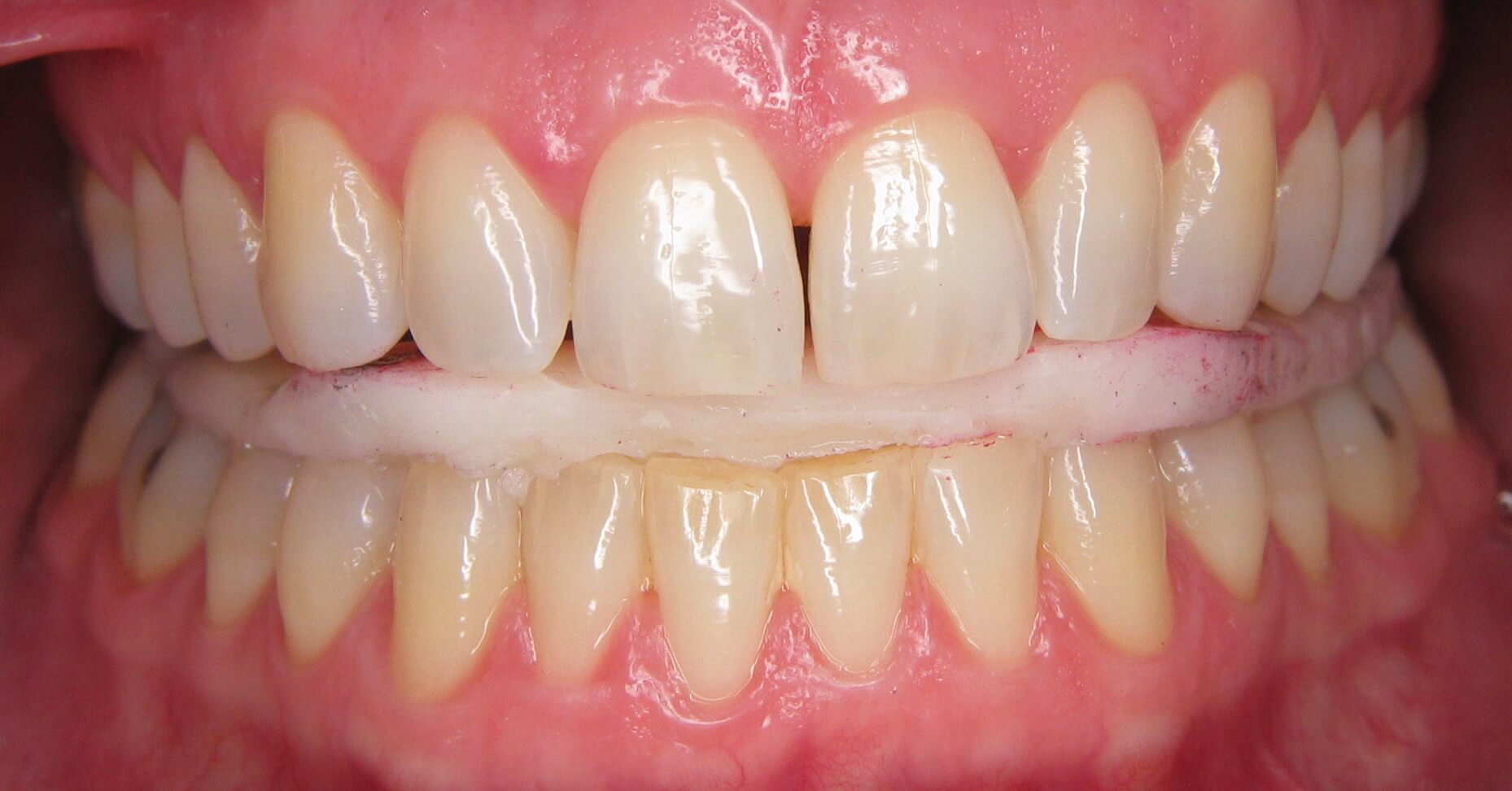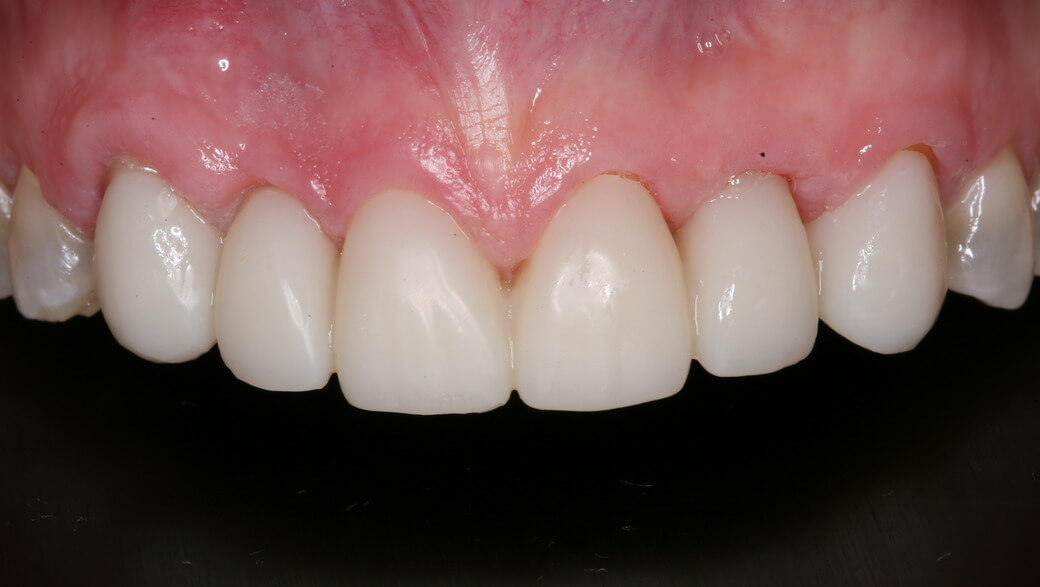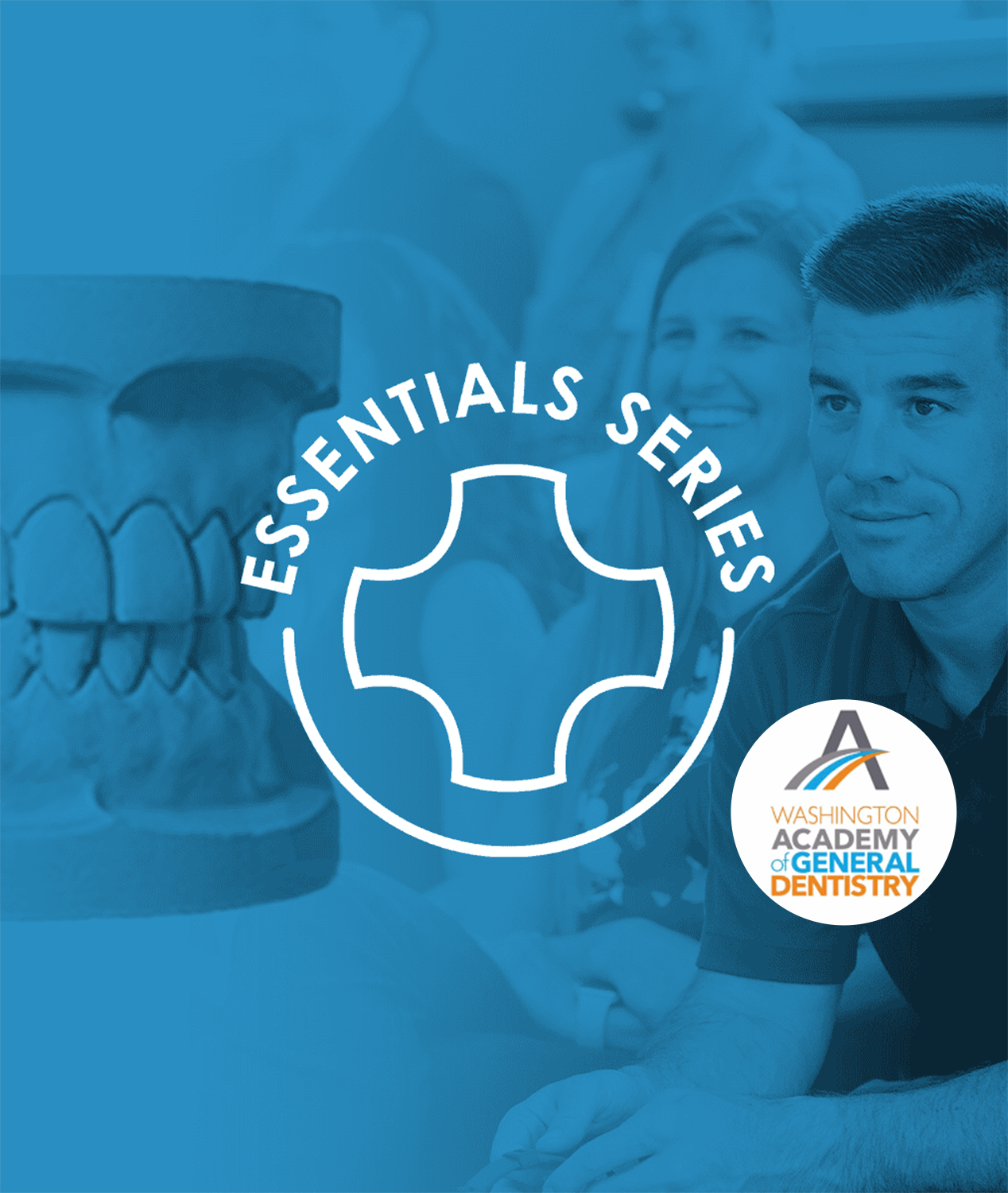Getting to and From the Pankey Institute
Miami is an energetic, enormous city that is easy to travel to and from. The minute you touch down at one of the two closest airports, you’ll experience the distinctly Florida vibes featuring international influences and diverse people. Plus, a decent helping of ocean breezes!
Both Miami International and Ft. Lauderdale airport are good options depending on your preferences for travel and distance to the Key. They offer different experiences for those suited to bustle and others who prefer a slower, more relaxed atmosphere. Here’s our perspective on the best ways to visit the Pankey Institute with the least stress and most ease:
Airport Travel to the Pankey Institute
MIA
Miami International airport is an American Airlines hub, which makes it a great choice for those who rack up the AA miles. Otherwise, you should know it’s the fastest way to get to the Key. MIA is a 25 minute drive from Key Biscayne. You’ll be driving over the Rickenbacker Causeway seeing the Miami skyline and blue Biscayne Bay before you know it.
They have Uber, Lyft, taxis, and private car services readily available. It’s a big, busy airport, with a lot of international travel. Allow extra time for security and getting to and from your gate on the way out.
Bonus Tip: Baggage commonly has delays or long wait times at MIA. If you can travel with only your carry-on, you’ll save a lot of hassle.
FLL
Ft. Lauderdale is a Southwest airlines hub. It’s also a smaller airport with a slower pace. Security will be faster and it’s a much better option if you plan to check bags. Car services, Uber, and Lyft are available, as well as Super Shuttle. The downside is it’s an hour drive from Key Biscayne. Traffic can be a pain depending on the time of day.
We always recommend you arrive at least the night before your course in case there are any travel hiccups and to connect with faculty and other participants as we always plan some social time. It will also make traveling less hectic and give you a little more time to appreciate your drive through the bright lights and activity of Miami. If you can avoid rush hour, even better!
Related Course
E1: Aesthetic & Functional Treatment Planning
DATE: August 21 2025 @ 8:00 am - August 24 2025 @ 2:30 pmLocation: The Pankey Institute
CE HOURS: 39
Dentist Tuition: $ 6800
Single Occupancy with Ensuite Private Bath (Per Night): $ 345
Transform your experience of practicing dentistry, increase predictability, profitability and fulfillment. The Essentials Series is the Key, and Aesthetic and Functional Treatment Planning is where your journey begins. Following a system of…
Learn More>












